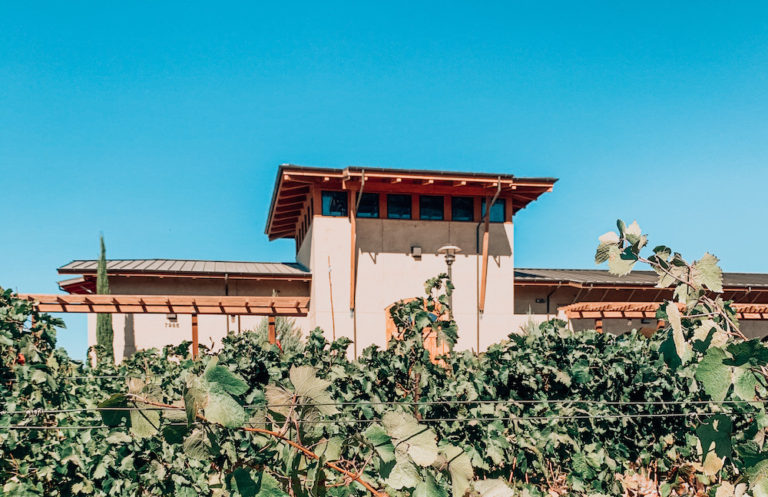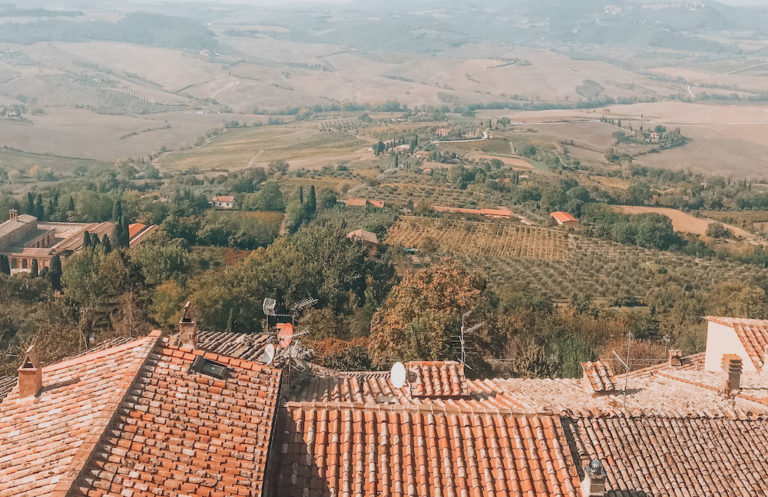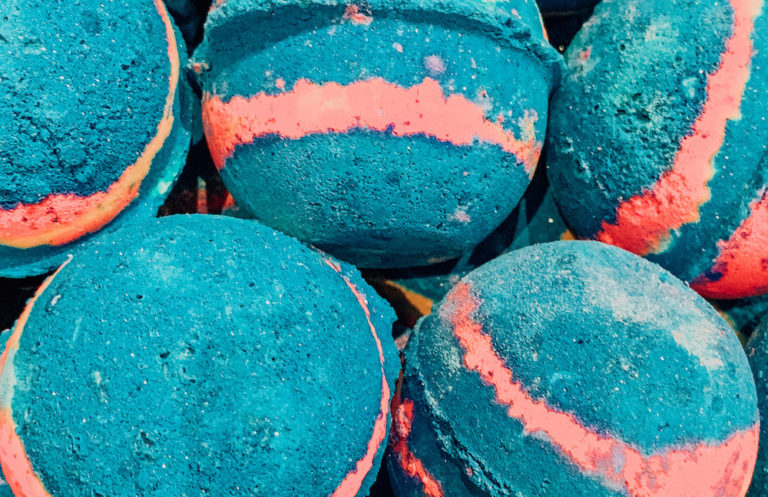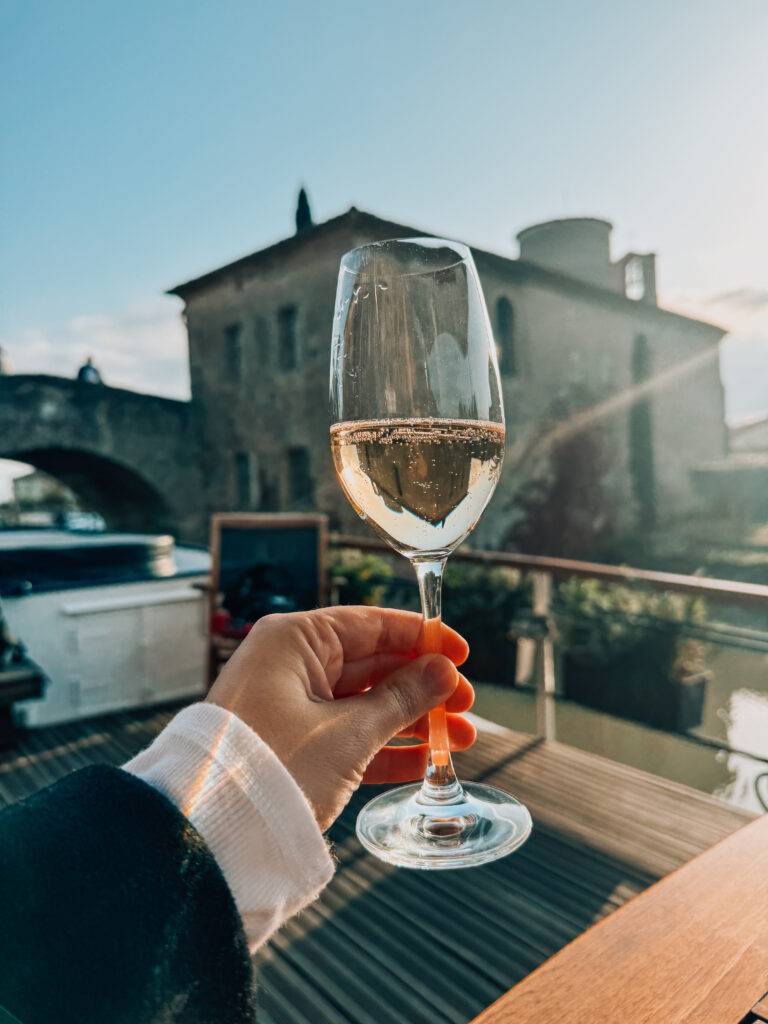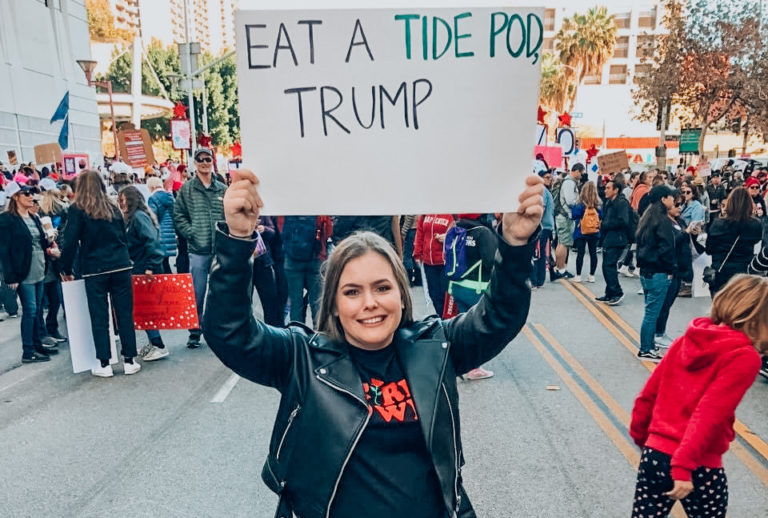Decoding Wine Speak with 10 Simple Definitions
If you’ve ever cracked open a bottle of wine (or just glanced at one), chances are you’ve stumbled across some wine terms that left you scratching your head. Maybe you’ve seen them on a bottle, heard them in a wine class, or caught them in a TV show. Some of these terms are easy to figure out (like “acid”), but others can be a little trickier to pin down. Don’t worry, I’ve got your back. Let’s decode 10 of the most common wine words so you can impress your friends (and sound like a pro) next time you’re sipping.
Terroir
Ah, terroir. The word you hear in every wine conversation, but what does it actually mean? Simply put, it’s the French term for all the environmental factors that shape a wine. Think soil, climate, and even the slope of the land. If you catch a mineral or earthy note in your wine, it’s probably thanks to the terroir, or the region where those grapes were grown. Pretty cool, right?

Old World vs. New World
So what’s the difference between Old World and New World wine? The Old World is basically Europe—France, Italy, Spain, Germany, and the like. These countries have been making wine for centuries, so their style tends to be more traditional and focused on the terroir. The New World, on the other hand, includes places like Australia, the United States, and Argentina. These regions are newer to wine production and love experimenting with fresh techniques and different styles. If you’re into innovation, New World wines are for you.
Nose
When someone talks about a wine’s “nose,” they’re not referring to their face. It’s all about the aromas! The nose is just a fancy term for the smell of the wine. So, when you’re asked, “What’s on the nose?” they’re simply asking, “What are you sniffing?” Don’t be shy! Take a big whiff and let those fruity or floral notes tell you what’s in the glass.
Fruit-forward
Imagine you’ve just popped open a bottle and the first thing you notice is a burst of fruit smells. That’s what we call “fruit-forward.” This means the wine has bold fruit aromas that stand out over other notes. It’s like the fruit is making a grand entrance. If you love wines that are jam-packed with berry or citrus scents, fruit-forward wines are your jam.

Body
When wine lovers talk about a wine’s body, they’re talking about how heavy or light it feels in your mouth. A light-bodied wine feels like a feather (think white wine or Pinot Noir), while a full-bodied wine feels rich and intense (hello, Cabernet Sauvignon). Body is influenced by factors like alcohol content, acidity, and sugar. Want to compare? Think of skim milk as light-bodied and whole milk as full-bodied.
Mouthfeel
Mouthfeel is all about the texture of the wine. Like the way it feels when you take a sip. Is it smooth and creamy? Silky and velvety? Or maybe it’s a little more rough and tannic? The right mouthfeel can make a wine feel like it’s dancing across your taste buds.
Finish
Ever had a wine that left an aftertaste that stuck around for a while? That’s the finish. The finish is what you taste after you swallow, and it can last anywhere from a few seconds to several minutes. A long, pleasant finish is often a sign of a great wine, while a short or harsh finish might be a red flag. Plus, finishes can be described by what lingers. Does the acidity hit you after the sip? Or is it a lingering fruitiness?
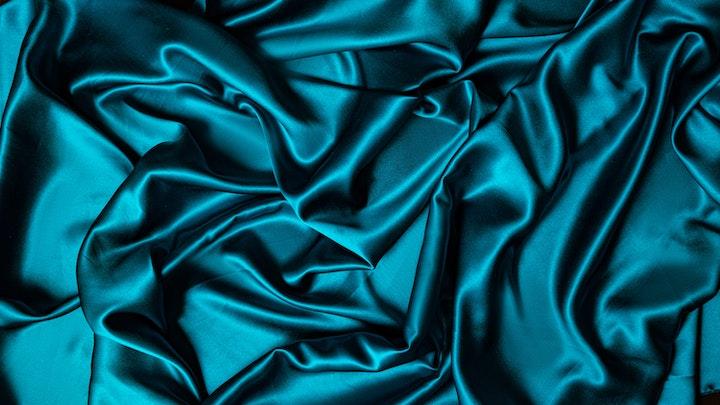
Balance
Balance is the name of the game when it comes to wine. A well-balanced wine has all its components (acidity, tannins, alcohol, sugar) working together in harmony. No one element should steal the show. But here’s the kicker: balance can be subjective. Some of us love a zippy, acidic wine, while others find too much acidity overwhelming. In general, though, when all parts play nicely together, you’ve got a balanced wine.
Vintage
“Vintage” simply refers to the year the grapes were harvested. So, if you’re sipping on a 2017 bottle, those grapes were harvested in 2017. Pretty straightforward, right? If the bottle says “N.V.” (non-vintage), that means the wine is a blend of grapes from multiple years, so you won’t find a specific harvest year on the label.
Now that you’ve got these terms down, you’ll sound like a wine pro in no time! What wine word used to trip you up? Or is there a term you’re dying to learn more about? Let me know!



